Korean Skincare vs Western Skincare: What’s the Real Difference?
Korean skincare—often referred to as K-beauty—has taken over social media and beauty shelves around the world. But what truly sets Korean skincare apart from Western skincare brands, and which approach is right for your skin? Let’s explore the key differences in philosophy, formulation, and results.
The Korean Skincare Approach
No matter which Korean skincare products you try—whether affordable or luxury—they share a few defining characteristics:
-
Lightweight, hydrating textures filled with multiple ingredients like plant extracts, snail mucin, and elegant silicones.
-
A deep focus on hydration, aiming for the famous “glass skin” look: glossy, plump, and dewy.
-
Layering-based routines designed to deliver moisture in gradual, buildable steps.
-
Multi-step rituals (often 7–12 steps) that include double cleansing, toners, essences, serums, sheet masks, and moisturizers.
-
A ritualistic experience, emphasizing self-care and daily consistency over quick fixes.
The overall goal of K-beauty is nourishment and balance—maintaining hydration and a healthy skin barrier rather than targeting one specific concern.
The Western Skincare Philosophy
In contrast, Western skincare—including American and European brands—leans heavily on science and targeted results:
-
Goal-oriented formulas designed for prevention and correction of issues like texture, discoloration, acne, or aging.
-
Active ingredients in higher concentrations, such as retinol, peptides, ceramides, AHAs/BHAs, and niacinamide.
-
Minimalist routines (typically 3–5 steps) focused on efficacy rather than ritual.
-
Faster results, with consumers expecting to see visible improvement within a few weeks.
-
Dermatology-backed formulations, often tested for clinical performance rather than sensory experience.
The Western skincare approach prioritizes results over routine, relying on fewer but more potent products to deliver targeted benefits.
K-Beauty vs Western Beauty: Which One Works Better?
It’s important to note that these are generalizations—every brand has its own philosophy and approach. Still, the overall differences between Korean and Western skincare are quite distinct.
Personally, I find Korean skincare to be overly ritualistic, often lacking focus and a clearly defined goal. The emphasis on multi-step routines can be enjoyable for those who love the process of self-care, but for many, it can become unnecessarily complex without delivering targeted results.
If your skin is already healthy and you enjoy layering multiple products, there’s no harm in embracing the ritual. However, if you struggle with acne, congestion, or chronic dryness, I recommend keeping your routine simple and leaning toward Western formulations.
Another challenge with many Korean skincare lines is the sheer number of ingredients in each product. When you layer several formulas—each packed with different actives—some ingredients may cancel each other out or cause irritation and congestion.
I prefer formulas built around active, targeted ingredients with a clear purpose—whether that’s improving texture, minimizing wrinkles, or preventing breakouts. While no skincare product (Eastern or Western) can erase wrinkles or lift muscles, Western formulations tend to be more effective at preventing new signs of aging and minimizing existing ones without overwhelming the skin.
Yes, I’m biased—but only because I value results-driven skincare over ritual for ritual’s sake.
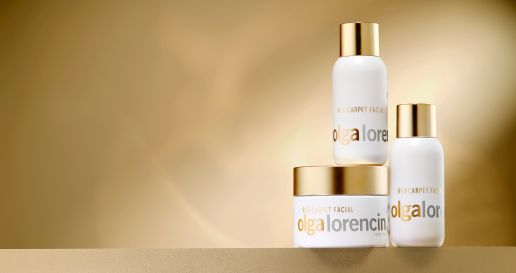
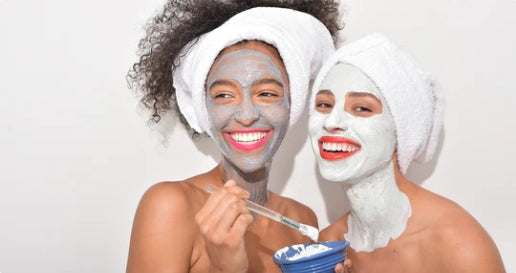
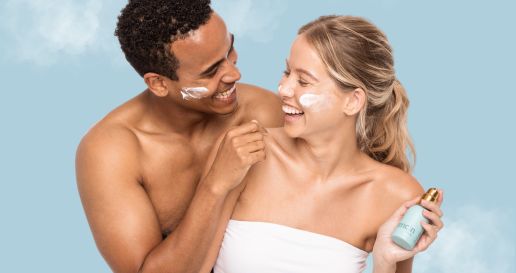
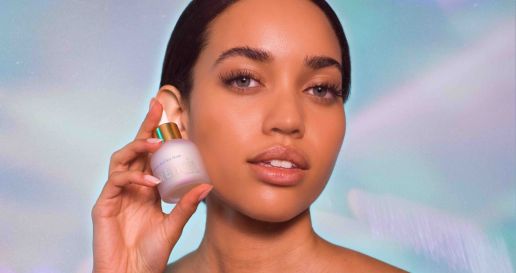
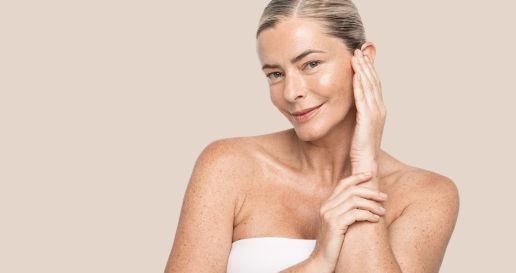
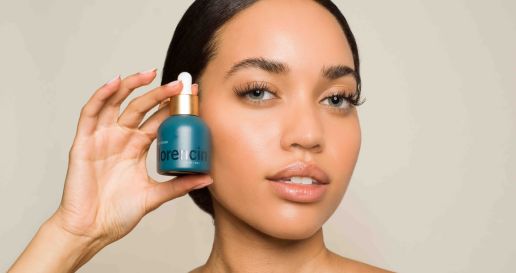
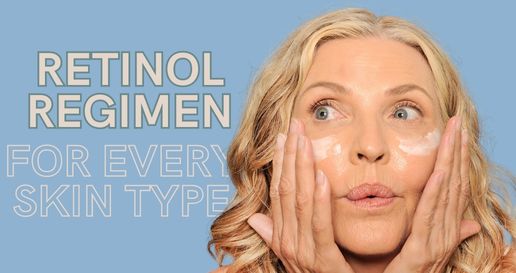
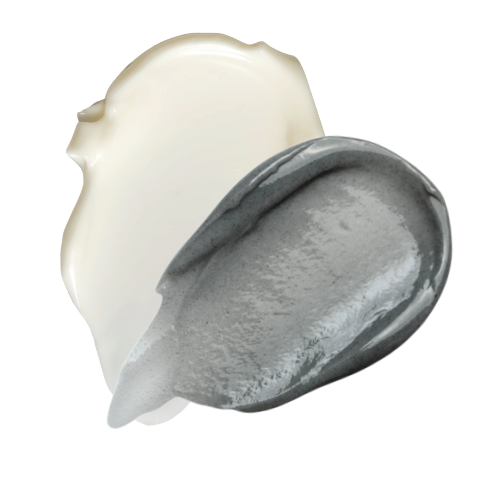
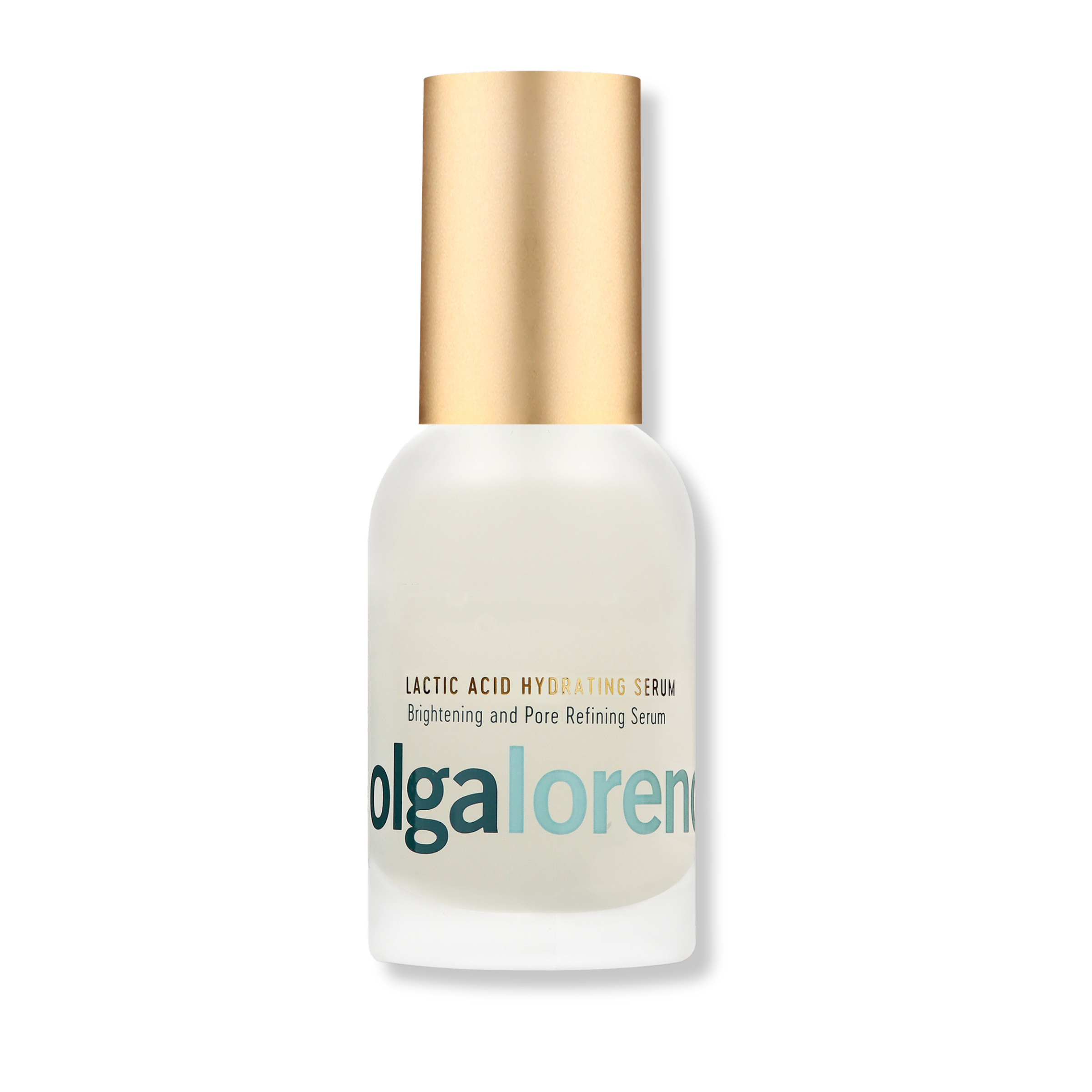
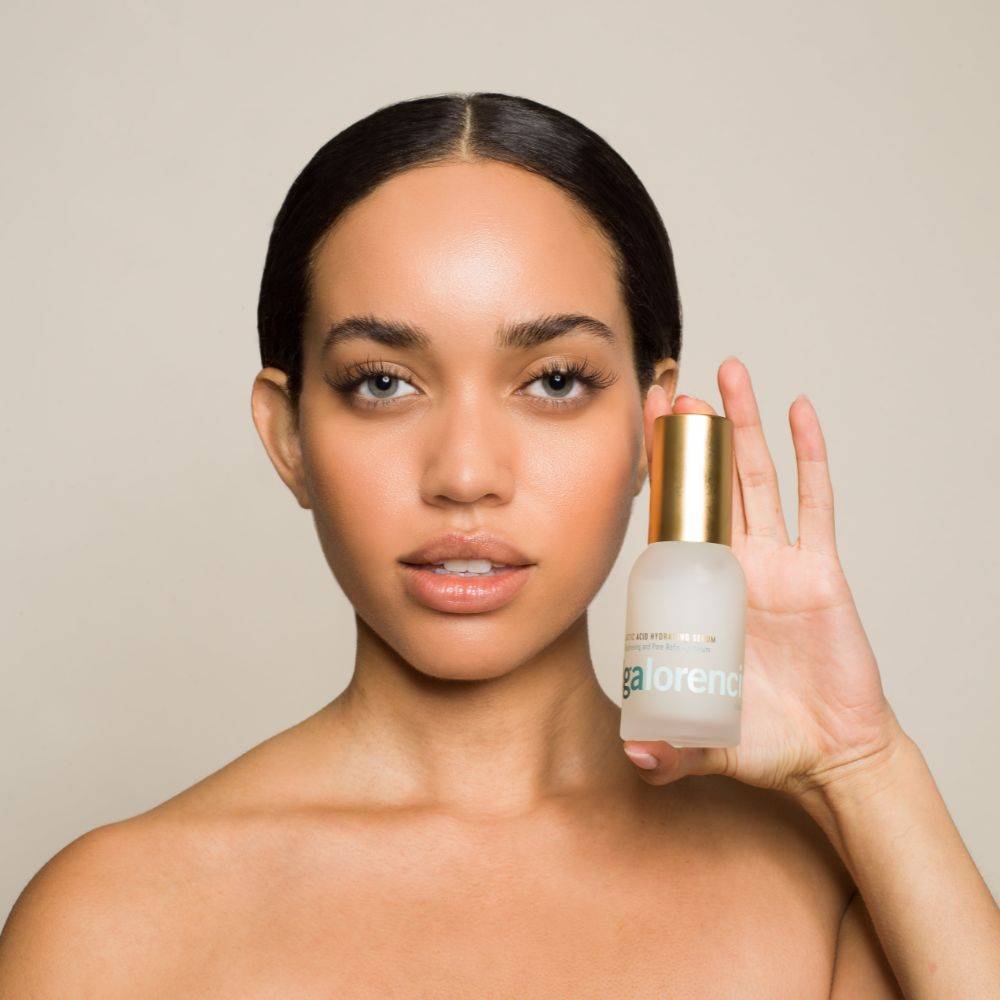
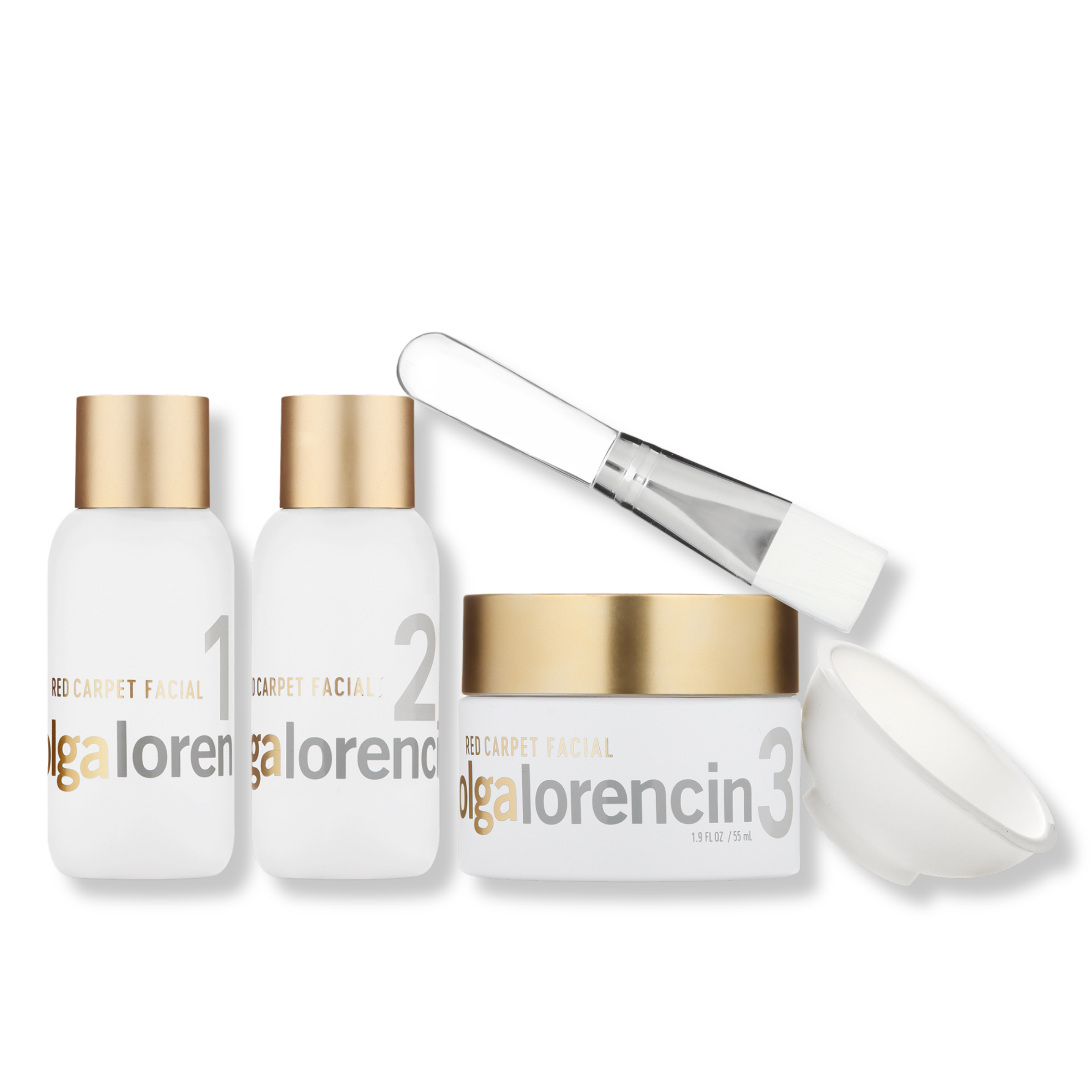
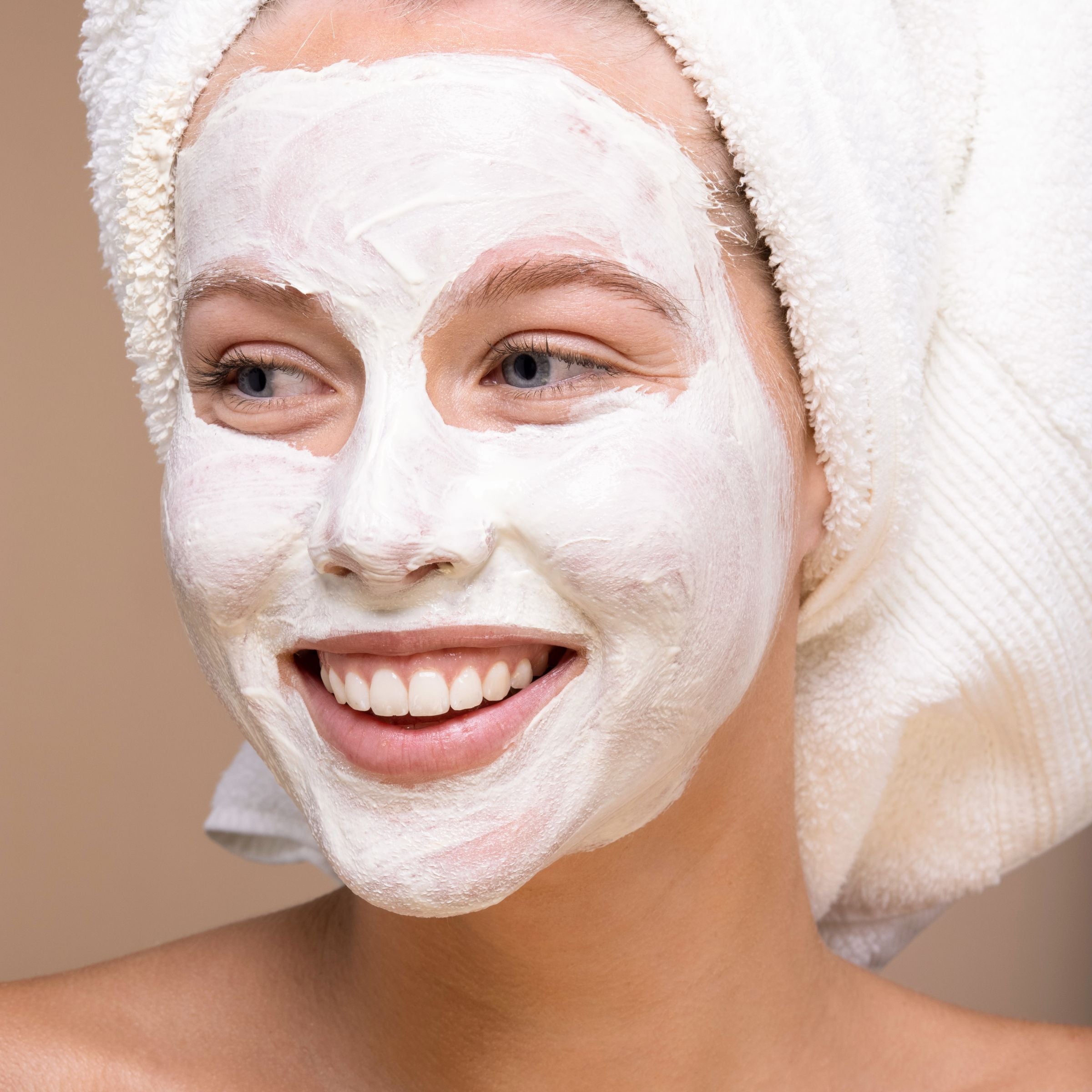
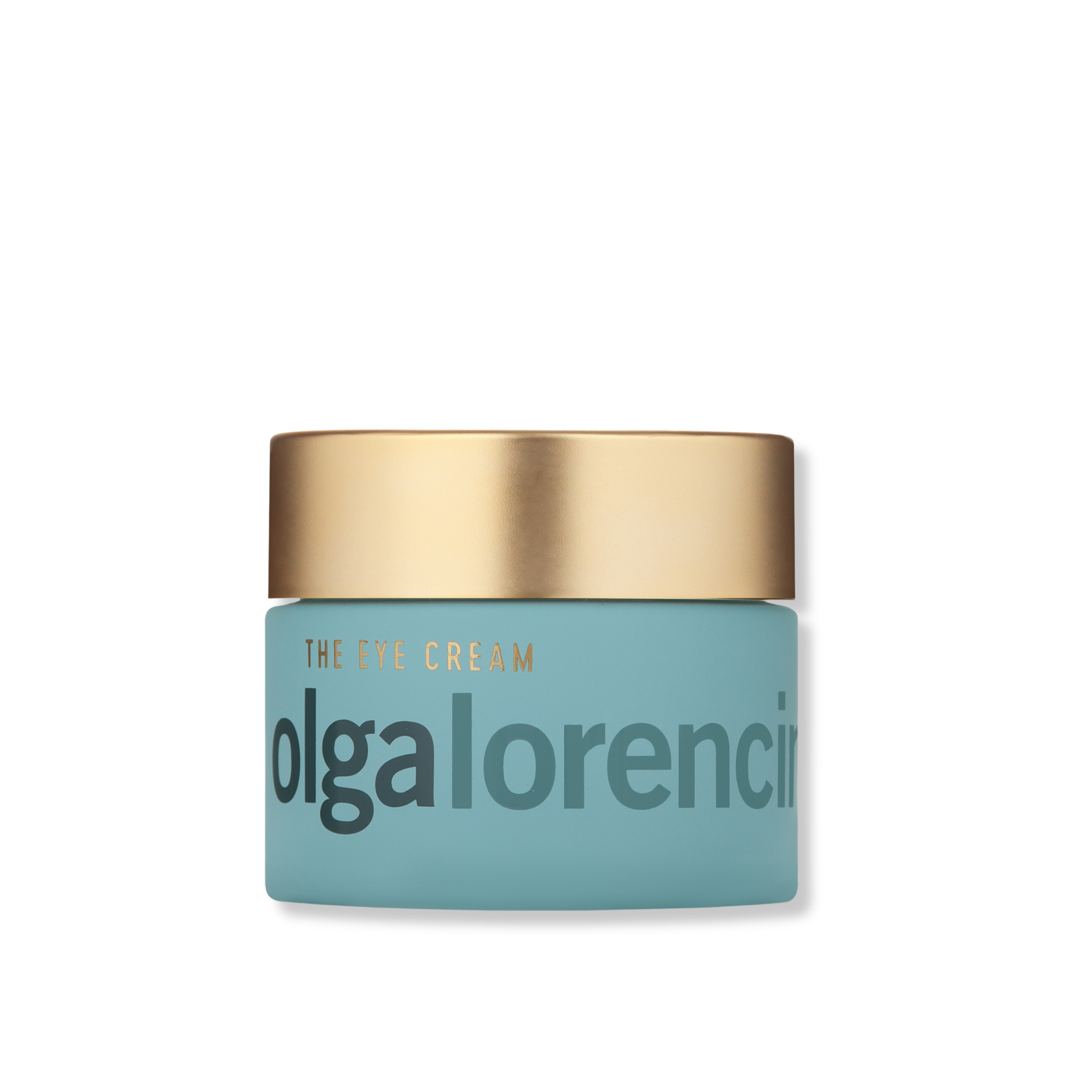
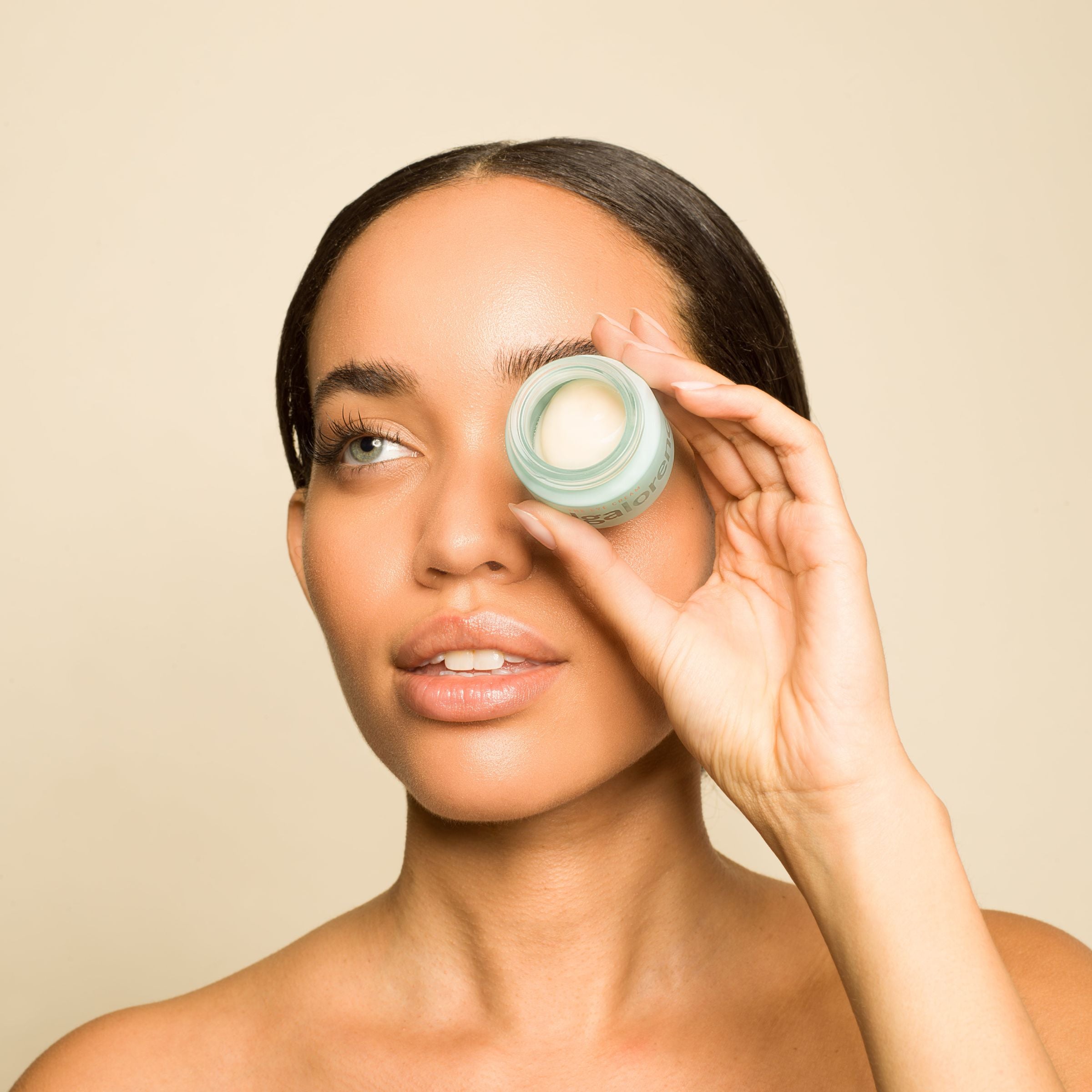
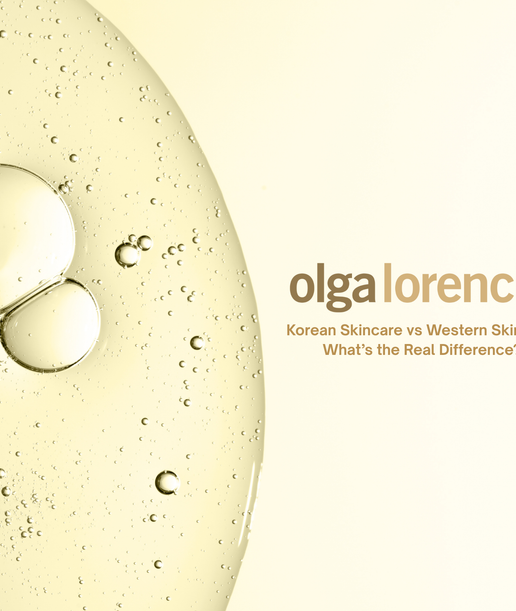
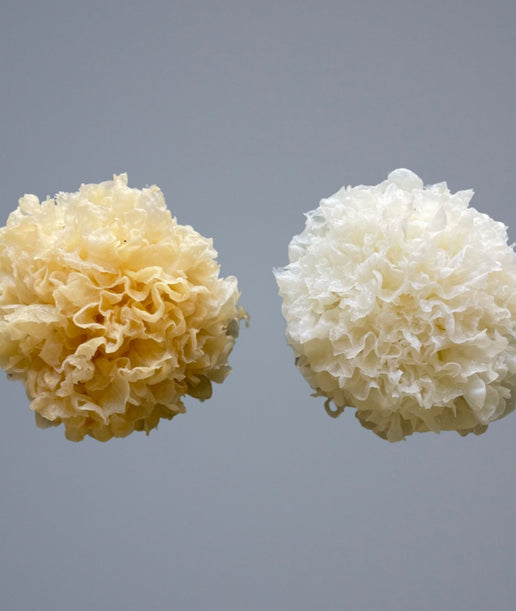
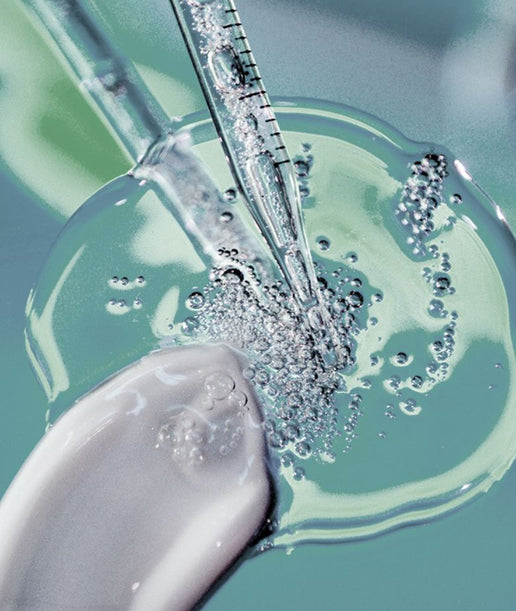
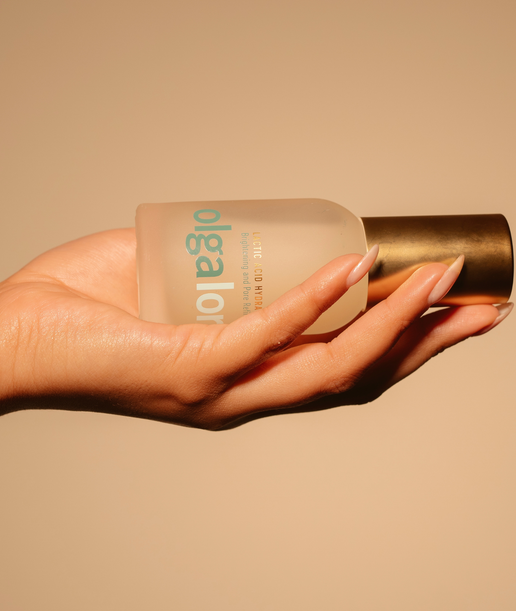
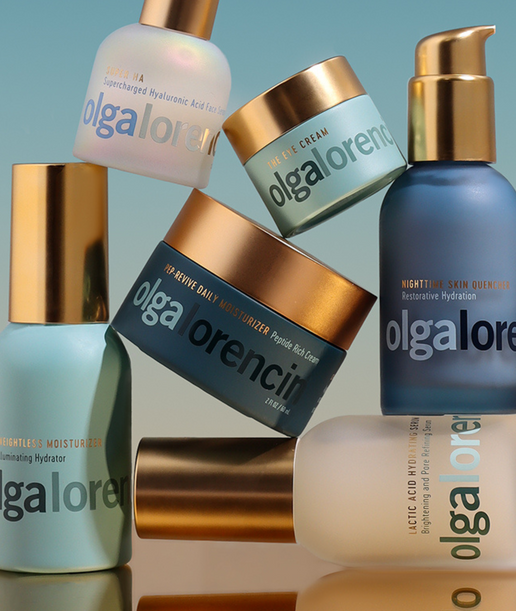
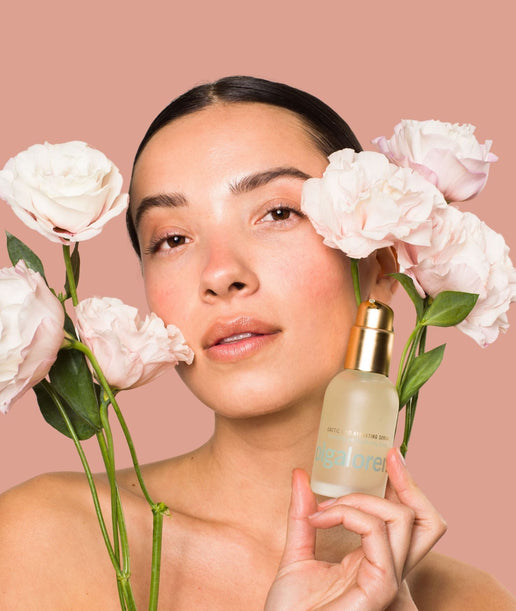
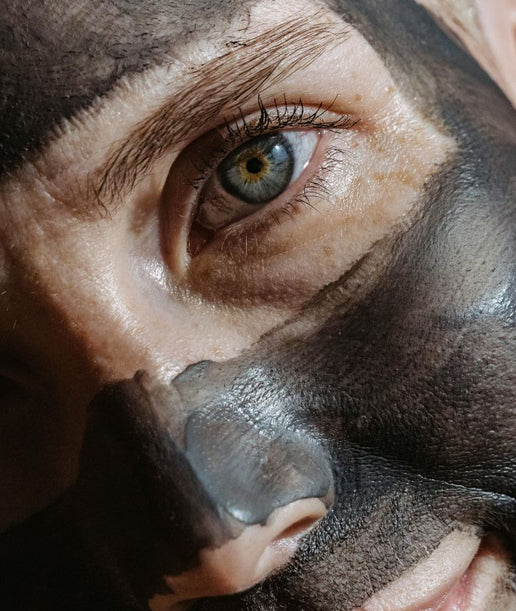
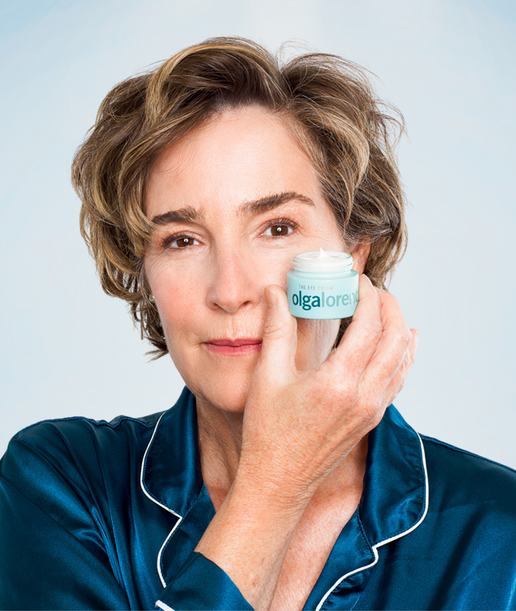
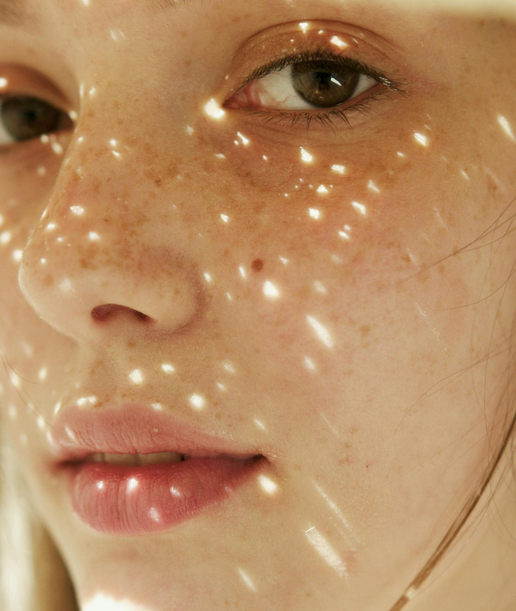
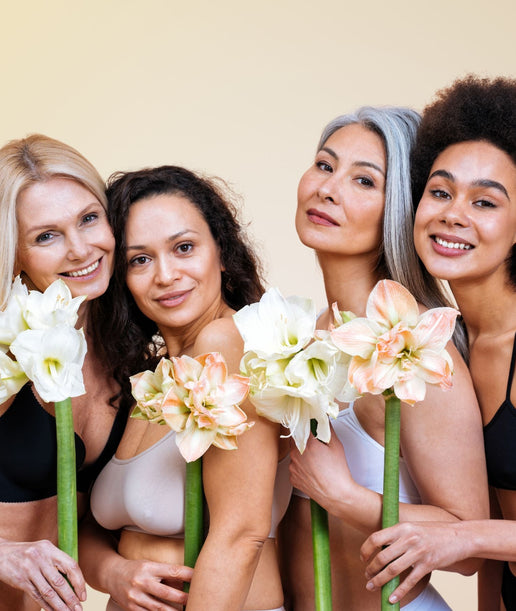
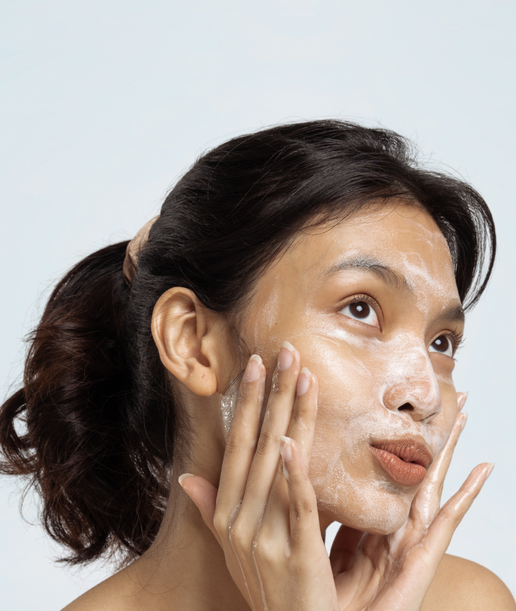
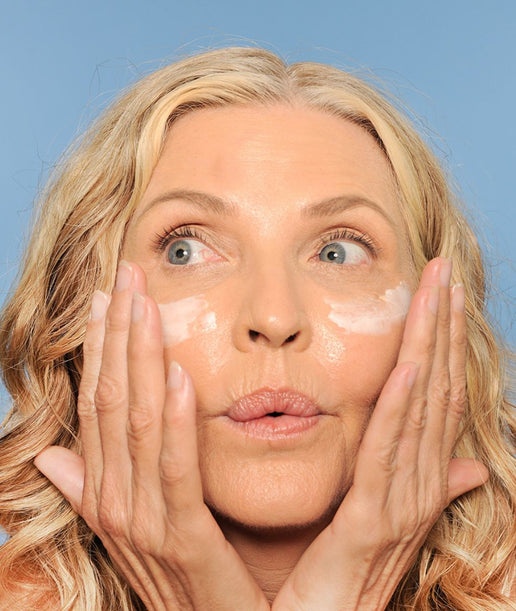
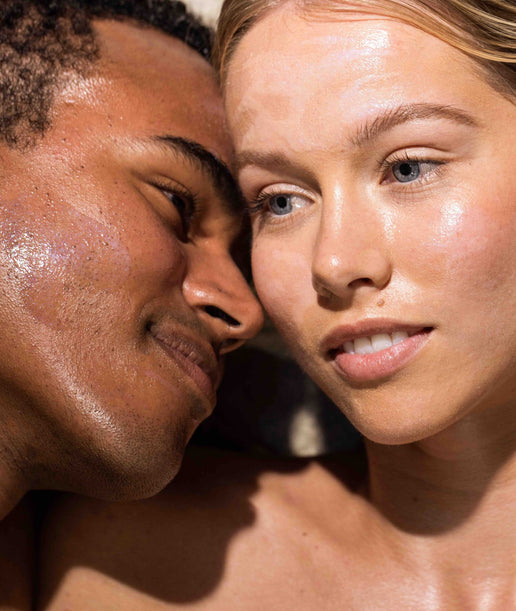
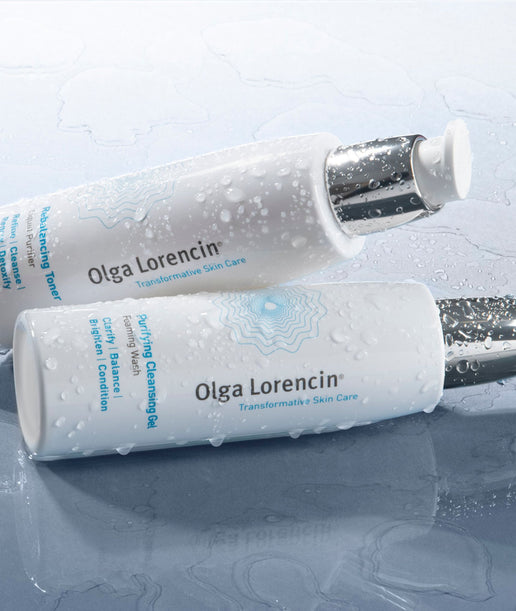
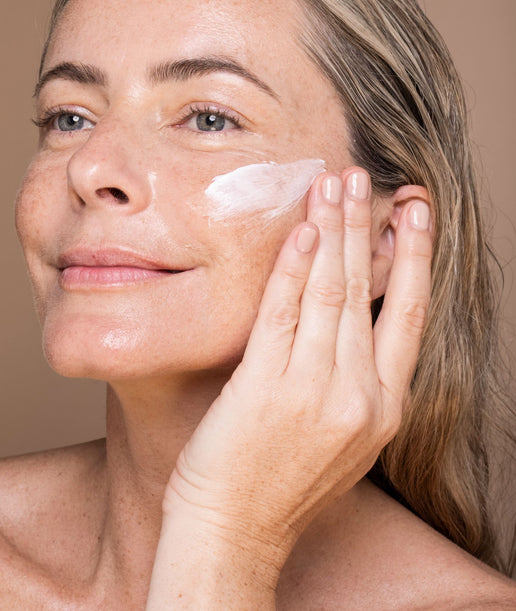
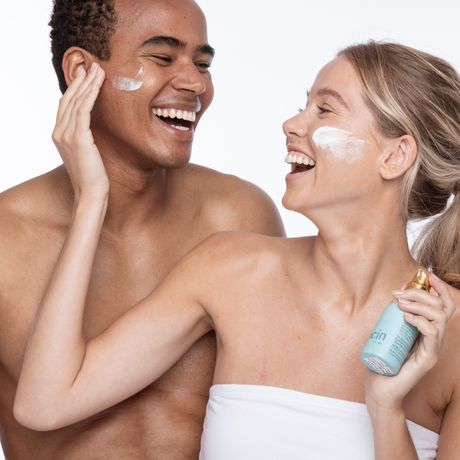
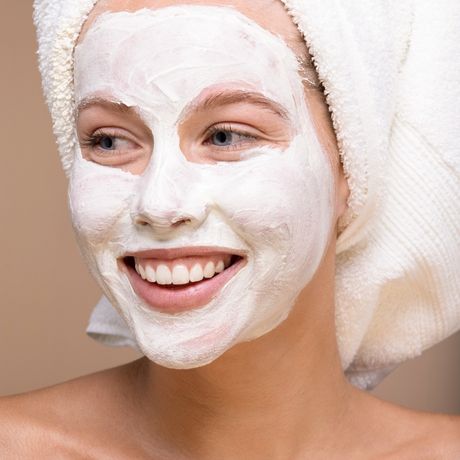
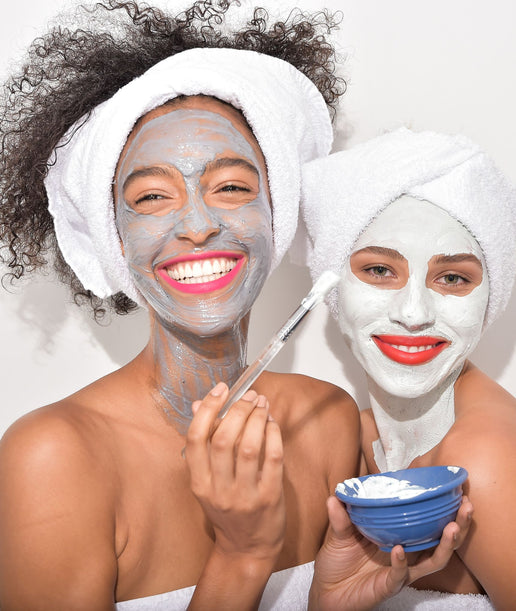
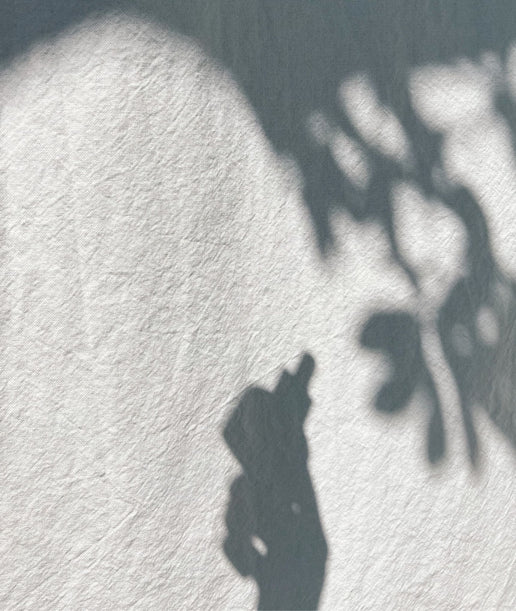
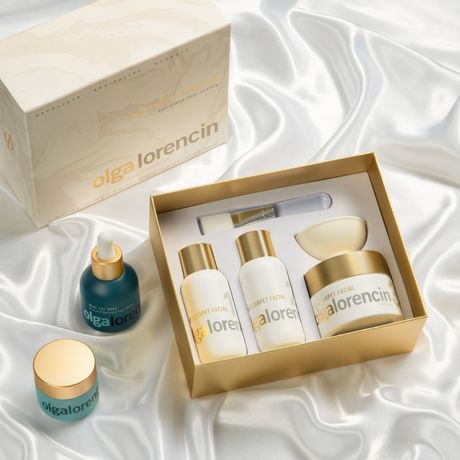
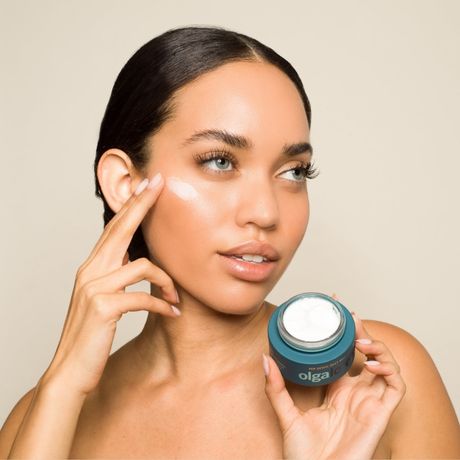
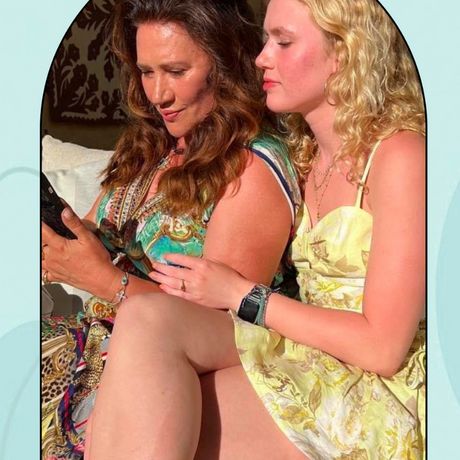
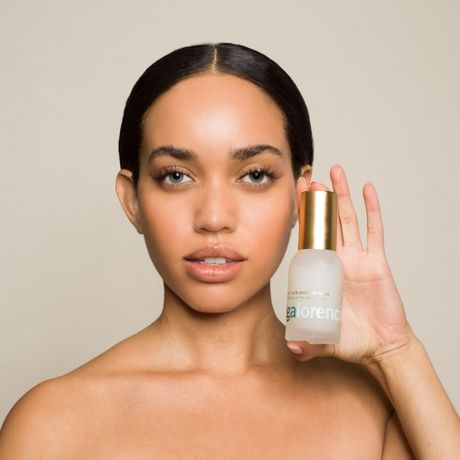
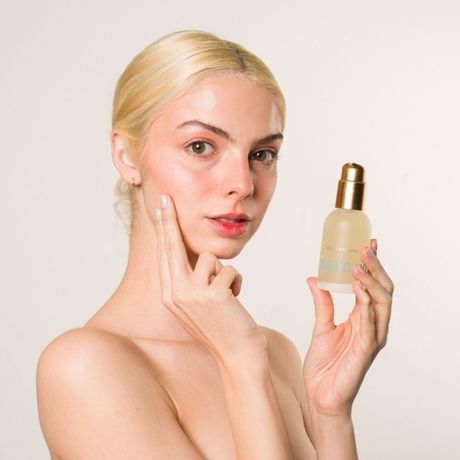
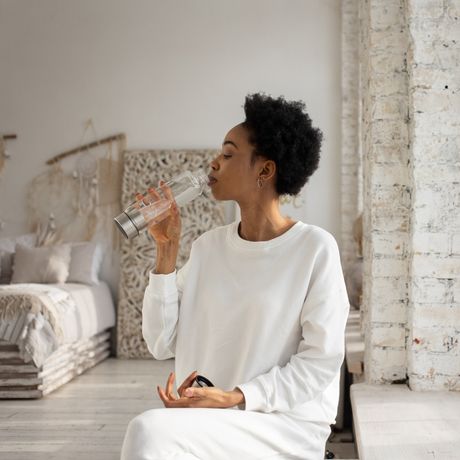
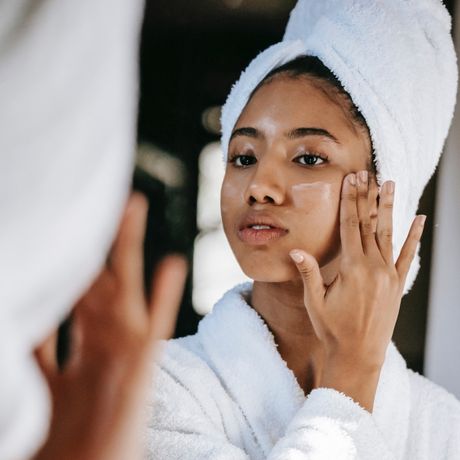
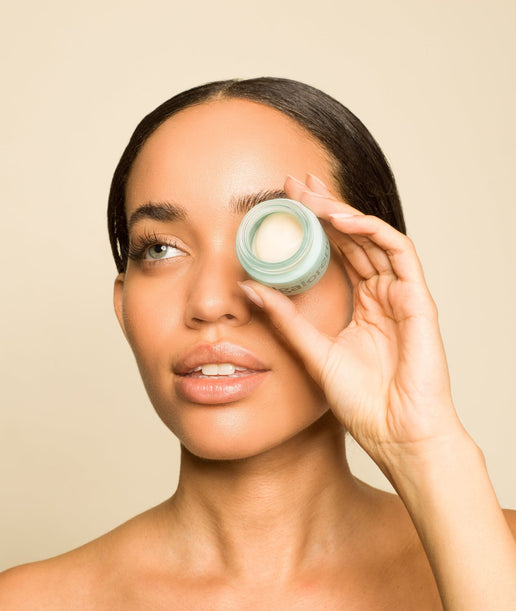

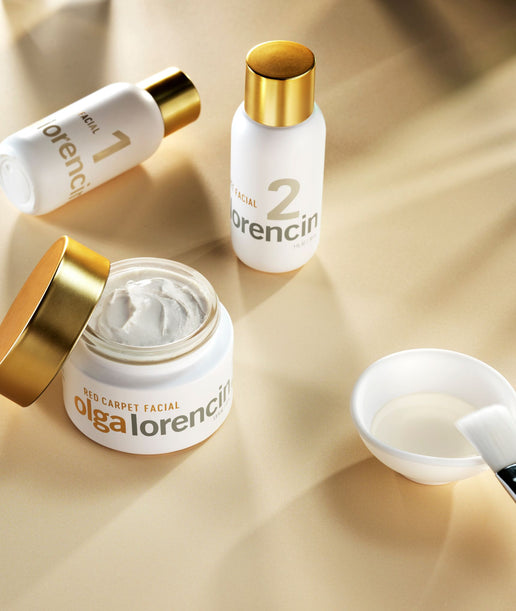
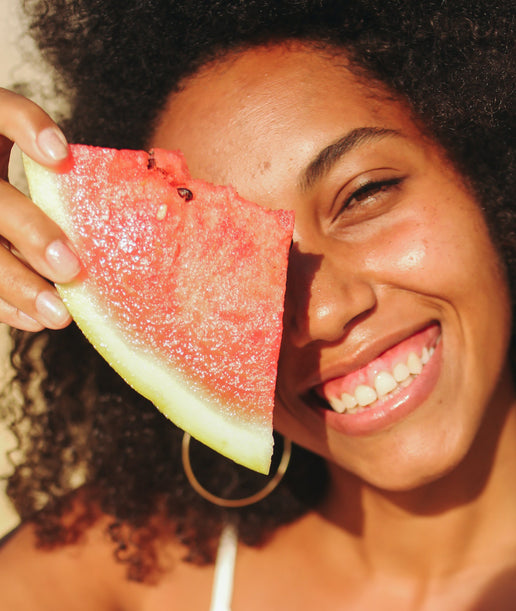
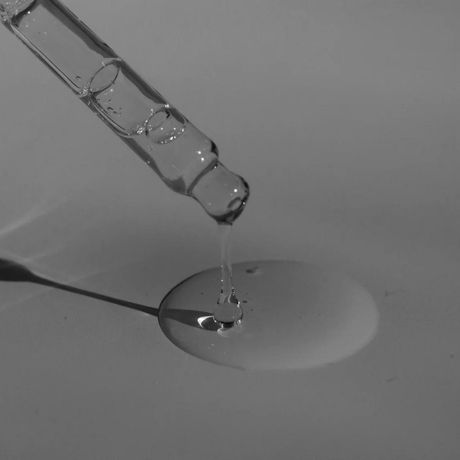
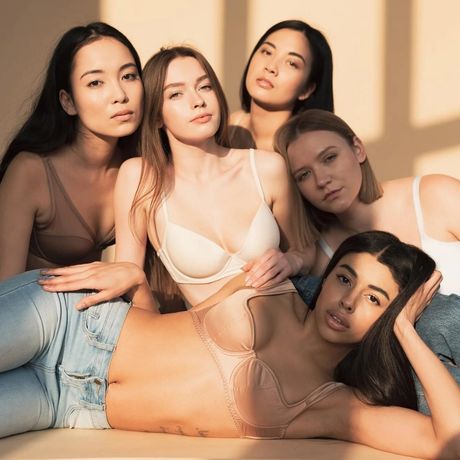
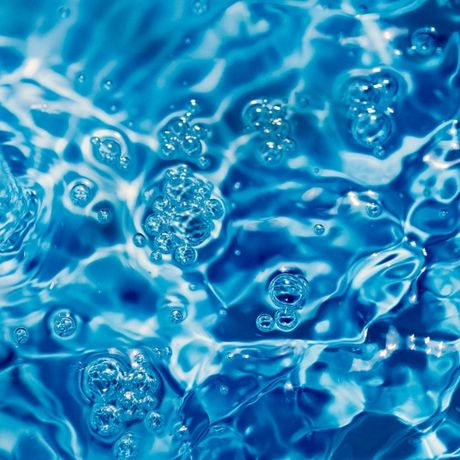
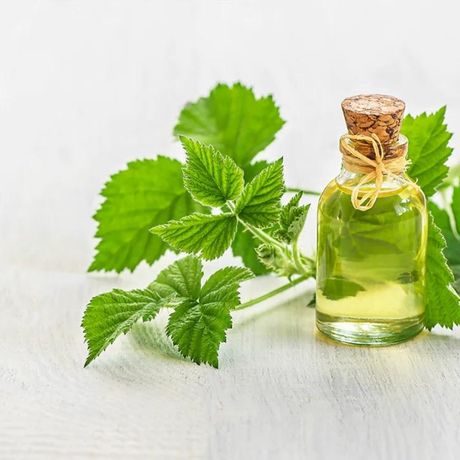
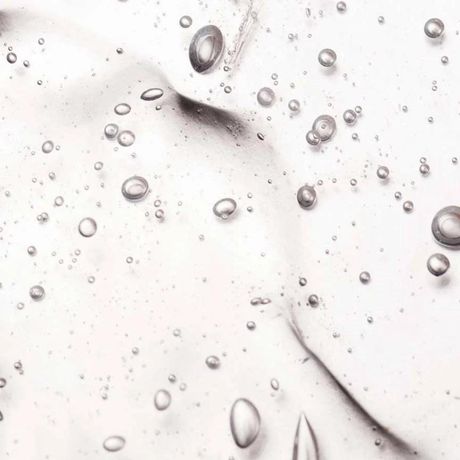
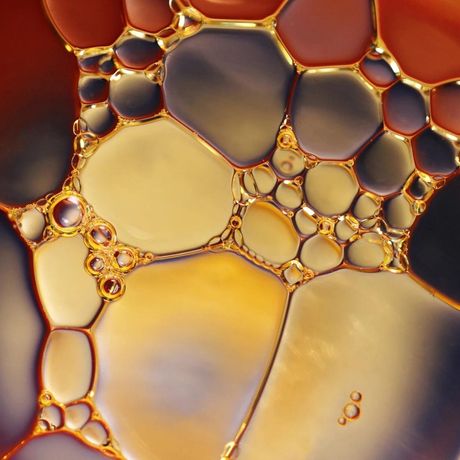
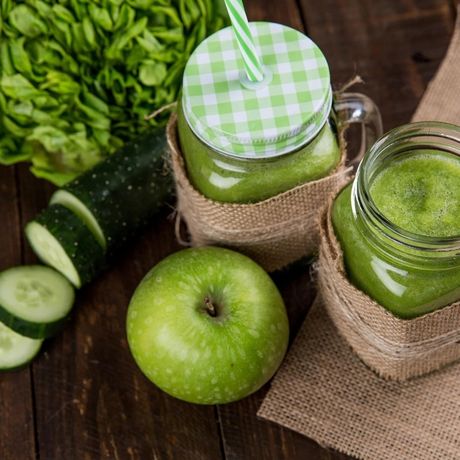
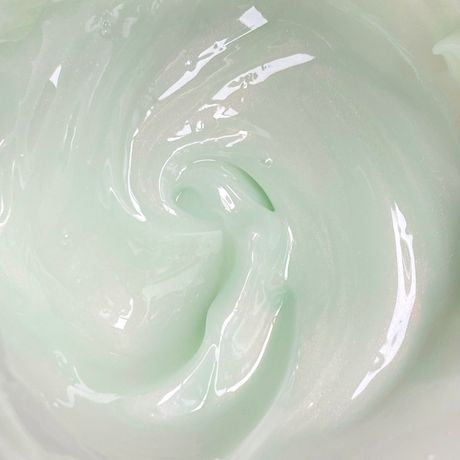
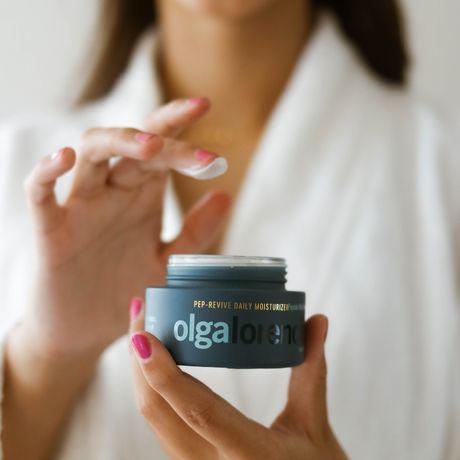
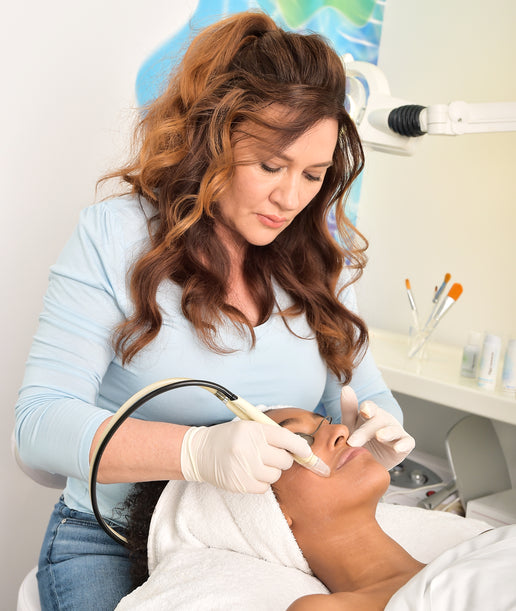
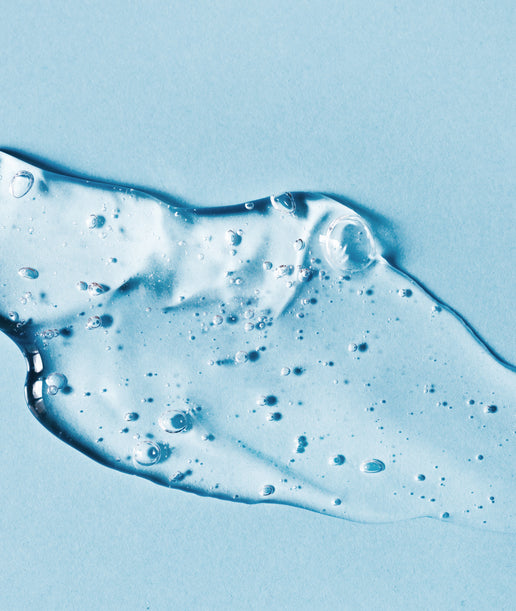
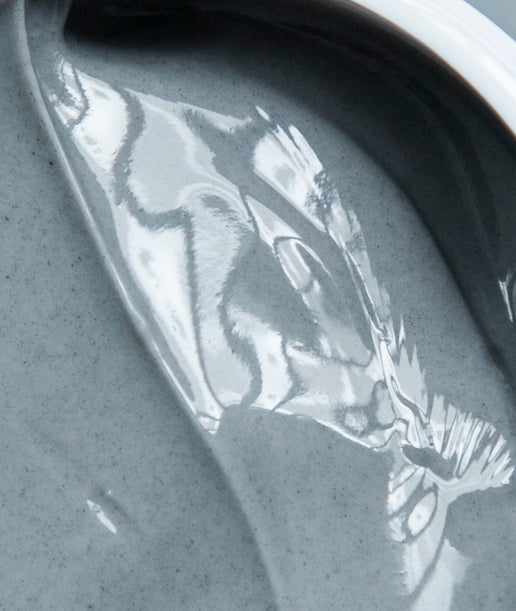
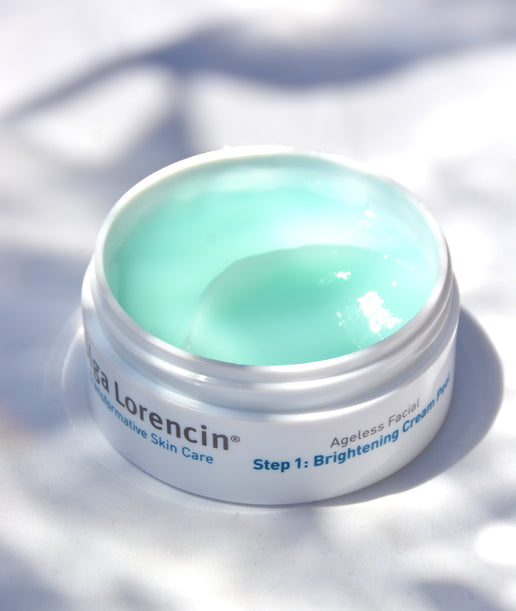
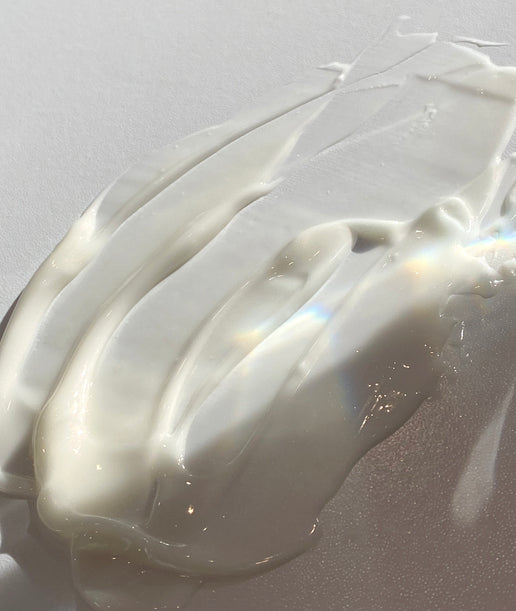
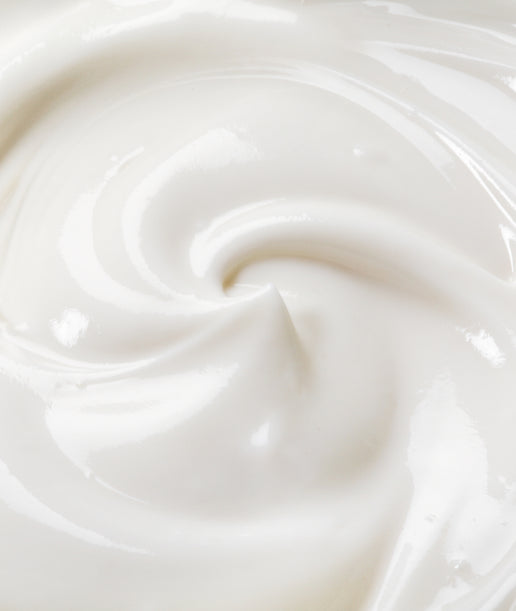
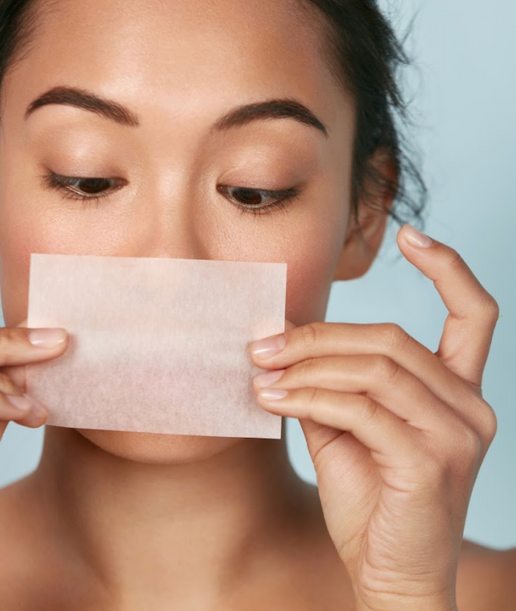
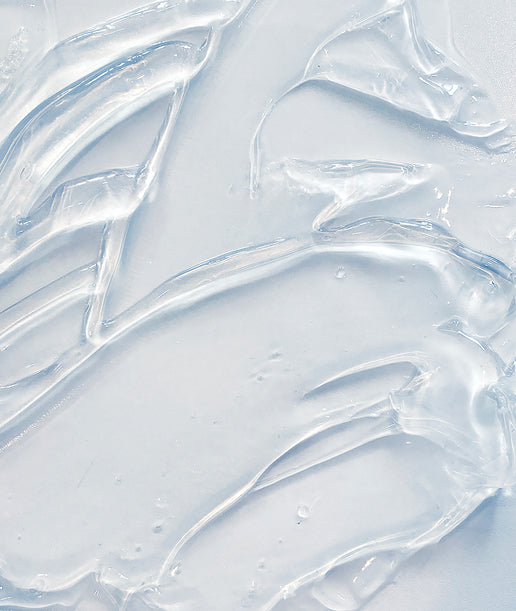
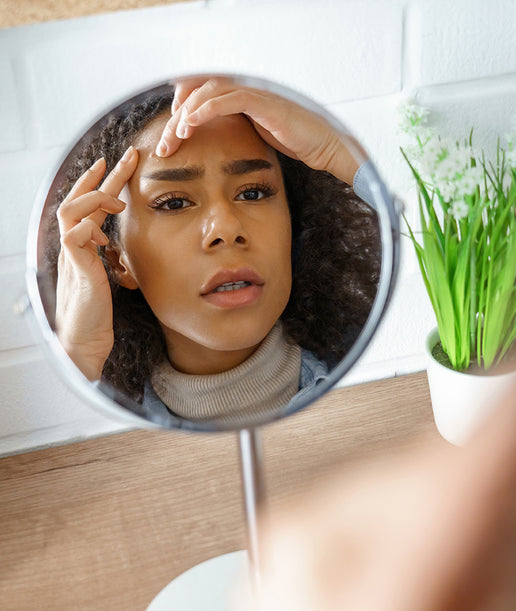
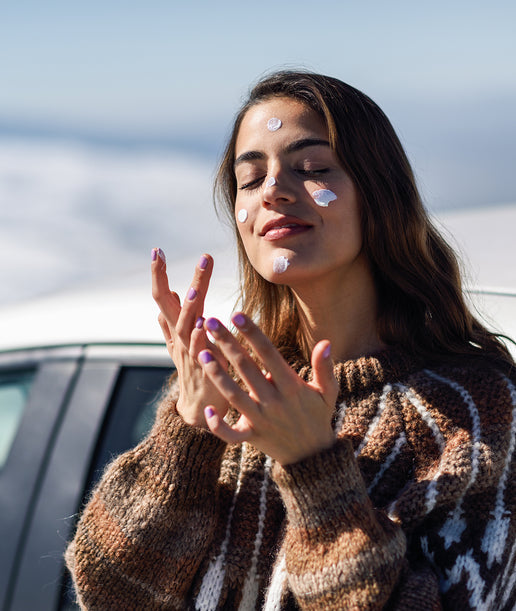
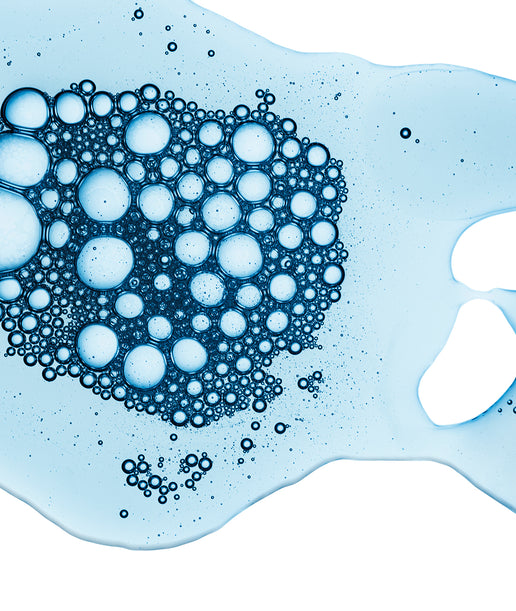
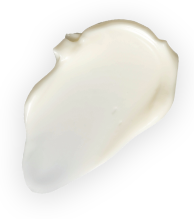 Unlock 15% off your first order
Unlock 15% off your first order